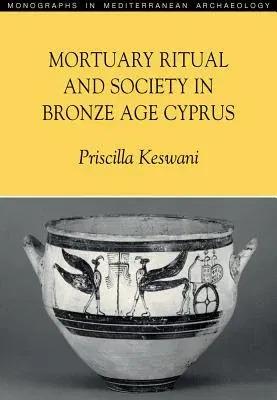Mortuary Ritual and Society in Bronze Age Cyprus is a ground-breaking
investigation of burial practices and social transformations in the era
when Cypriot agricultural communities moved from village to urban life
and became major players in the eastern Mediterranean copper trade.
Confronting the many interpretive challenges posed by tombs used for
multiple interments, the author develops an innovative theoretical and
methodological approach that enables her to define and elucidate the
shifting spatial relationships between tombs and habitation areas, the
elaboration of rituals involving secondary treatment and collective
burial, and changing patterns of mortuary expenditure and symbolism
throughout the Bronze Age.
Keswani proposes that during the Early-Middle Bronze periods, the
growing elaboration of mortuary festivities and their crucial importance
in negotiating status hierarchies contributed to the intensification of
Cypriot copper production and the expansion of interregional exchange
relations. This helped set the stage for the rise of urban polities
early in the Late Bronze Age, when the presence of hereditary elites
first becomes apparent in the Cypriot archaeological record. Subsequent
changes in mortuary practice suggest that the importance of collective
burial rites and traditional modes of ritual display diminished over the
course of the Late Bronze Age, as urban institutions multiplied and the
bases of social prestige were transformed.

